Looking at old photos is always fun. It's a window back into a different time, where we can see not only people of the past, but also snippets of how life was in terms of fashion and technology. They even let us glimpse pieces of major historical events.
But for so much of photography's history, the images could only be relayed in black and white.
While a black-and-white photo can certainly capture the drama and emotion that a color photo can, it can sometimes be hard to imagine it happening in real life. We (for the most part) see in color, and so to see an image without color removes a layer of reality from it.
And that's where Dana Keller comes in. Keller meticulously adds color to black-and-white images to photos from the last 100-plus years. And this isn't just applying a wash of color over a broad area. No, Keller carefully adds even the subtlest of details, like stitching in clothing and the flush of cheeks and noses for a truly lifelike look.
But don't worry. No historical photos are being permanently altered. In fact, the photos themselves aren't being altered at all, at least not physically.
Instead, Keller colorizes scanned images of the photos, so we can appreciate the original as well as the colorized versions, and so the delicate historical photos stay safe.
Check out some of his work below, and see what a difference color really makes!
[H/T: Vintage Everyday]

Dana Keller brings history to life with beautiful colorizations of photos from the 19th century through the middle of the 20th century.
His work is subtle and detailed, which makes the images look all the more lifelike, as though you're really standing there looking at the scenes, like this one of Memorial Day in 1922.
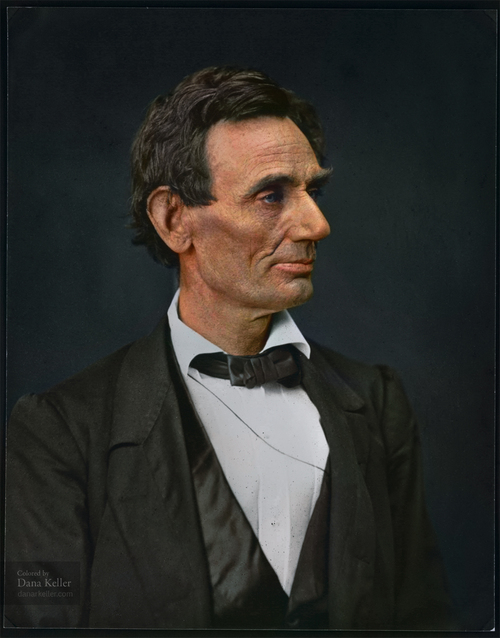
Keller colorizes photos to help modern audiences feel more connected to history, citing a distance felt by looking at a black-and-white photo.
"With our modern eyes, we are somehow disconnected from the real and vibrant reality in which they were taken," he says.
Abraham Lincoln, for example, looks much more approachable and knowable in color, and this is what he might have really looked like in 1860.

"There is an element of detachment that we have from historic black-and-white images," Keller says. "It's as if they are only shadows from a time too long ago for any of us to remember."
The feeling somehow becomes more immediate with the addition of color, because it's how we see the world, and how people would have seen Harry Houdini preparing for an escape stunt in 1912.

They also make the subjects seem almost achingly more human.
The awkward, slightly sullen teenage postures of the Romanov girls, Maria, Olga, Anastasia, and Tatiana, in 1910, become immediately familiar to us. Even their clothing and hair seem more real and alive.

They also allow for us to better appreciate the rich colors and textures that would have surrounded people all the time, like this lady's clothing and cloche hat as she gets a tattoo from artist George Burchett in 1930.

The addition of color also makes contrasts stand out more, and not just the visual kind.
The rich purple of Marilyn Monroe's slinky, glittery gown stands in stark contrast to the American soldiers' bulky green uniforms.
Here, she's seen posing for photos at a USO show in Korea in 1954.
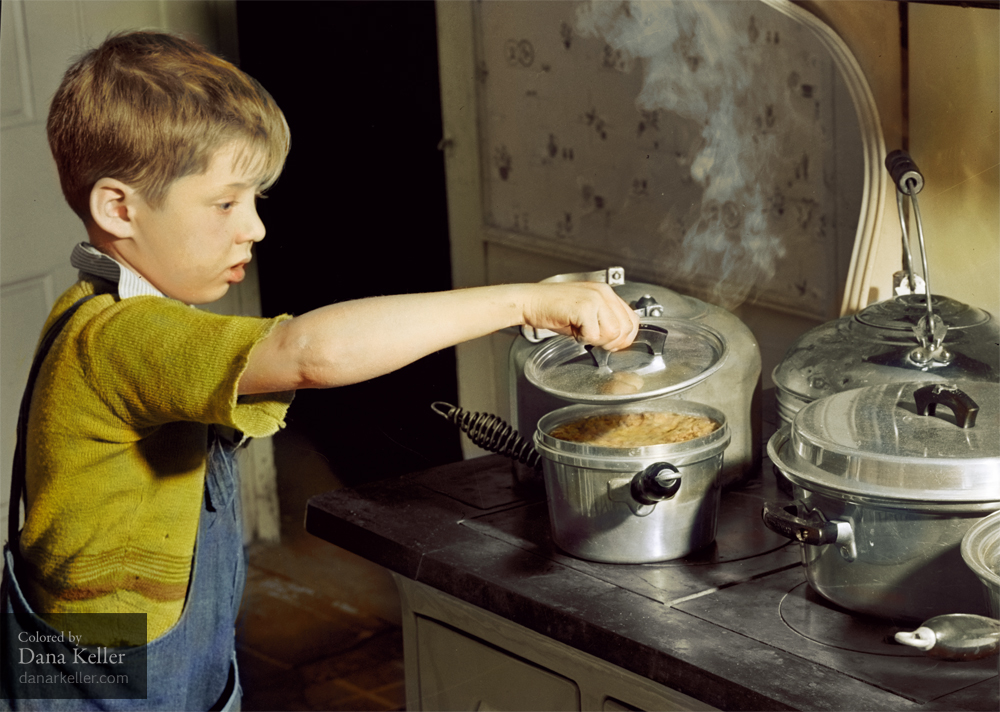
And it's not just famous people like Lincoln, Monroe, and the Romanov girls who become more human.
It's also everyday people like this little boy from the Crouch family in Connecticut in 1940.
Keller also pays special attention, when he can, to the faces, adding tiny shadows, contours, and color variations to make them look truly alive.
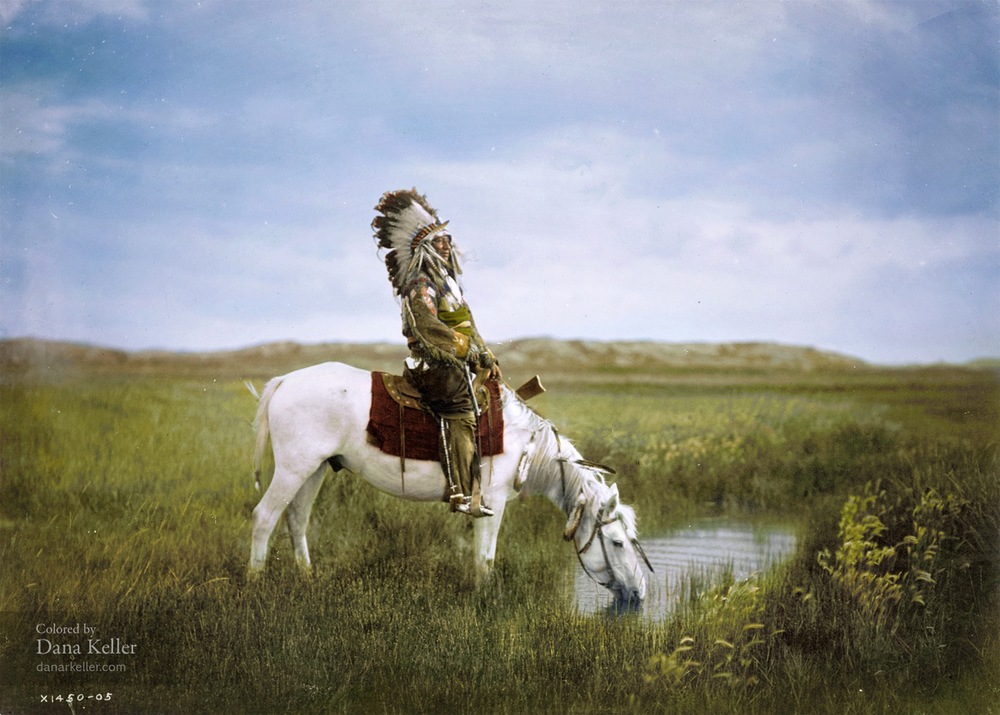
Keller's work also makes the rest of the world come alive, too.
The open sky and plains of South Dakota look full of life in this photo of Red Hawk of the Oglala Sioux on his horse from 1905.

Keller is technically an archival scientist, but his colorization is really an art. His background in photography also helps.
He also has a deep appreciation for history, often sharing little-known facts along with his beautiful recolored images.
This photo, taken on September 18, 1916, is accompanied by a quote from the times: "Girls deliver ice. Heavy work that formerly belonged to men only is being done by girls. The ice girls are delivering ice on a route and their work requires brawn as well as the patriotic ambition to help."
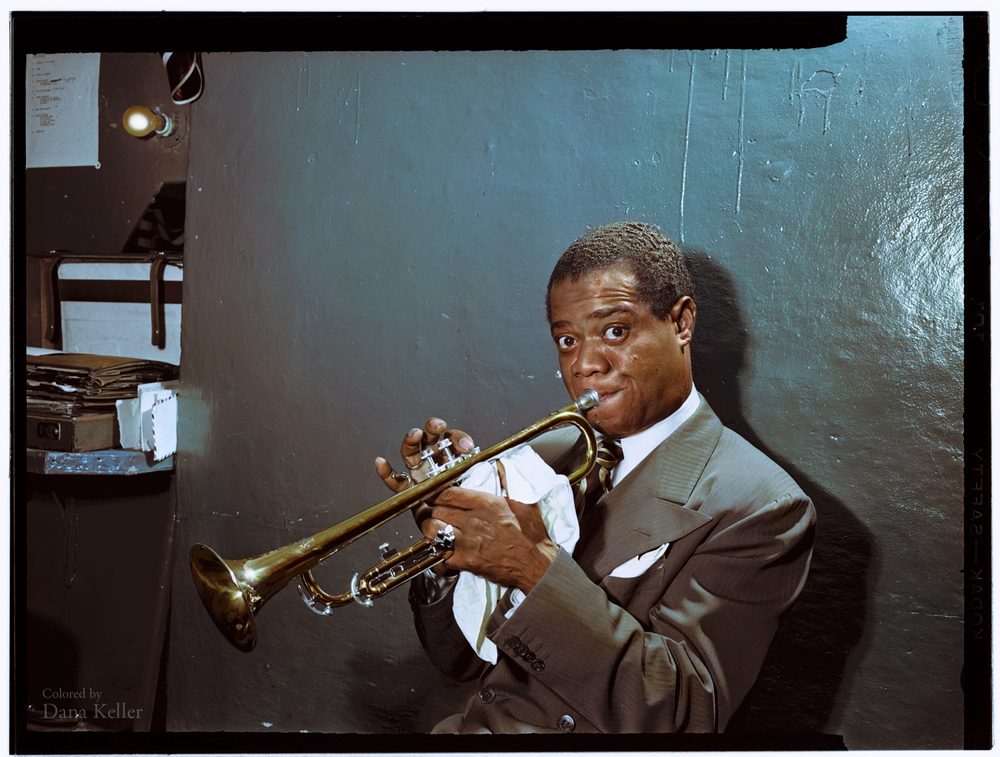
Naturally, he tries to be as accurate as possible with the colors, which takes a lot of research to see what the colors were or might have been based on the location and era.
The exact gray of Louis Armstrong's suit in 1946, as well as the blue paint on the wall behind him, would have been researched thoroughly.

His colorizations may not be 100 percent accurate, but Keller feels it's important to be respectful of what the world actually looked like, rather than simply choose colors randomly.
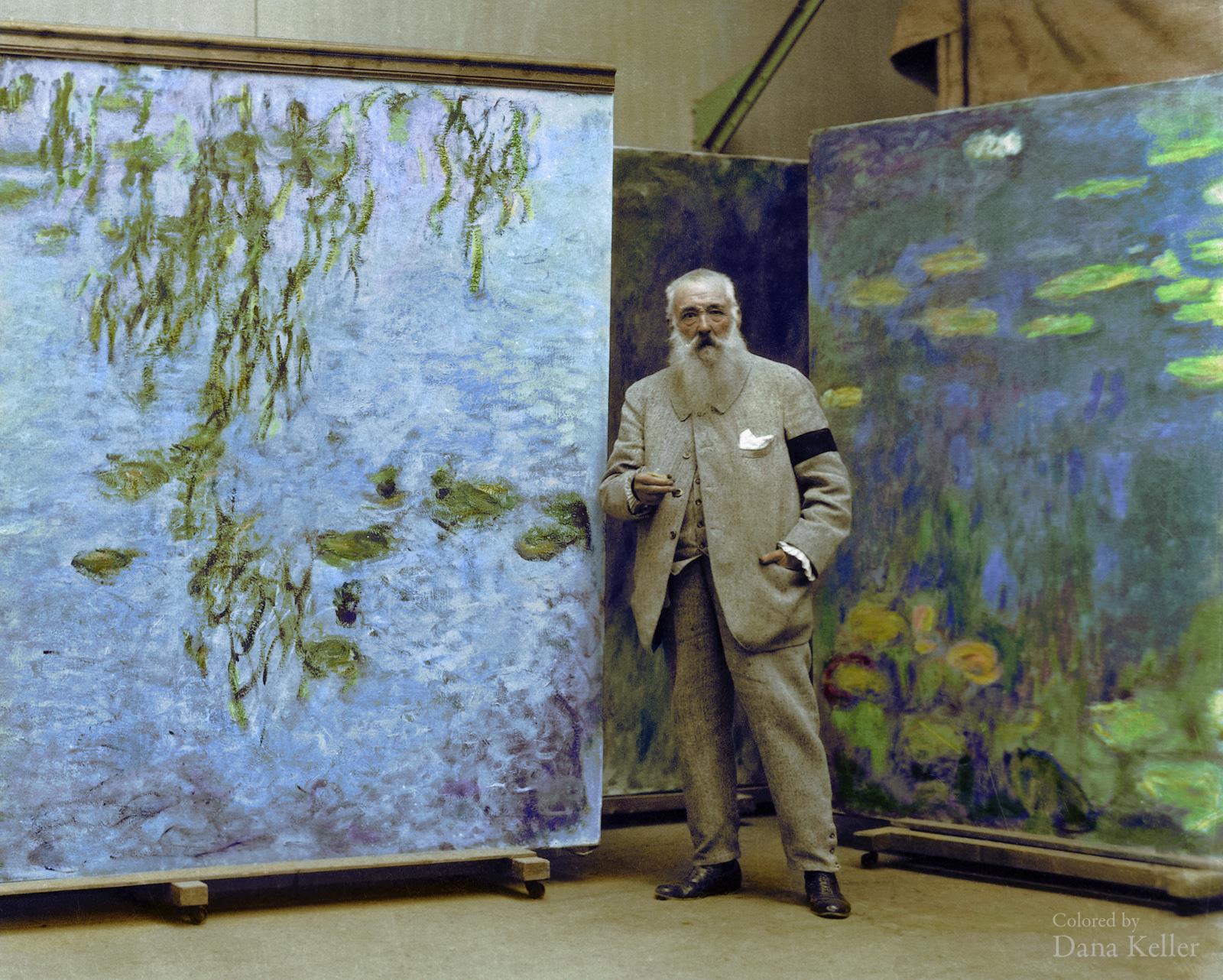
In this photo of Claude Monet, taken around 1923, Keller painstakingly brought the artist's colorful water lilies back to life from their chilled, gray stillness.
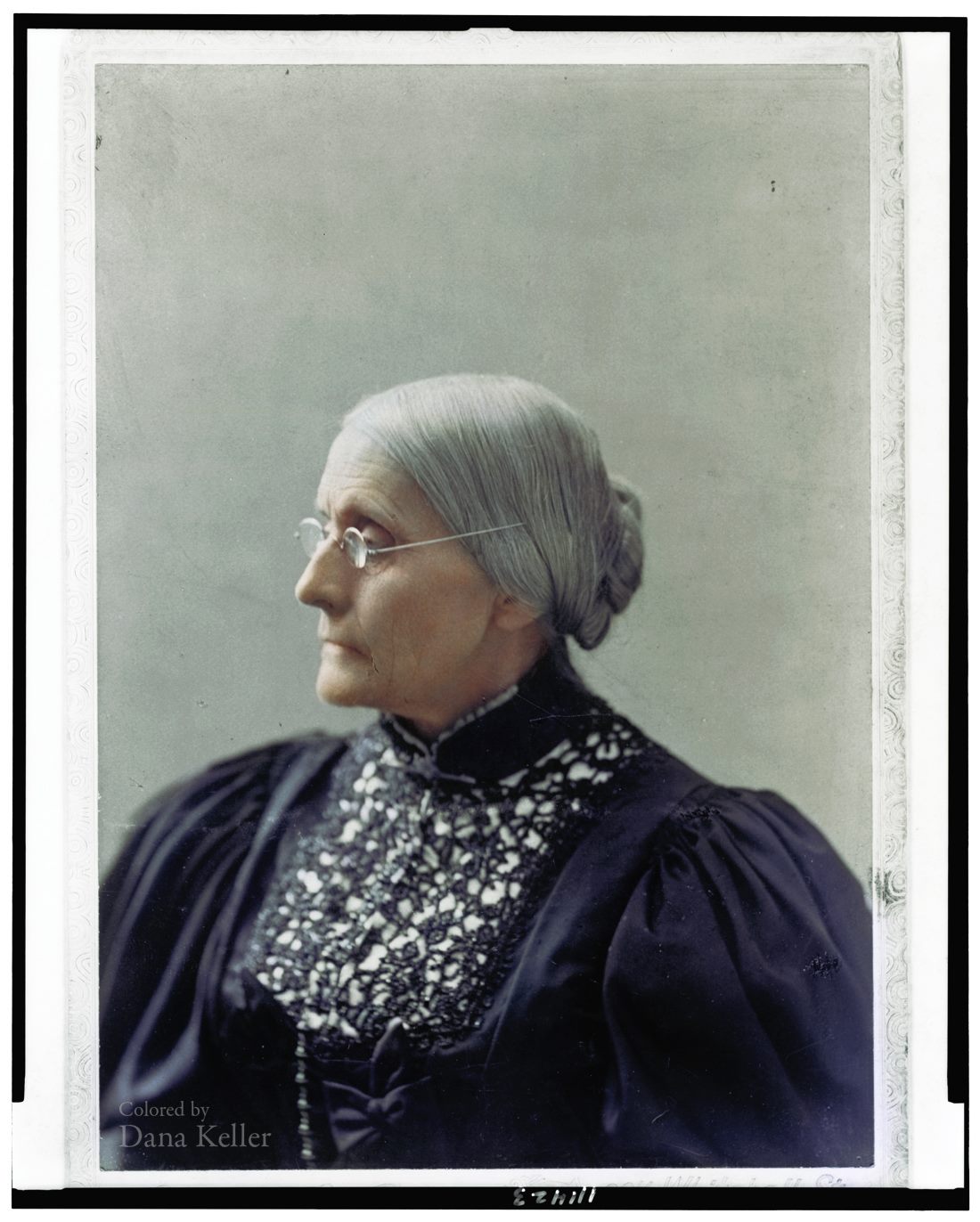
Keller works in Photoshop, and creates hundreds of digital layers over the black-and-white images, with lots of variation for a lifelike look.
Even Susan B. Anthony, pictured here in 1900, looks vivid and alive.
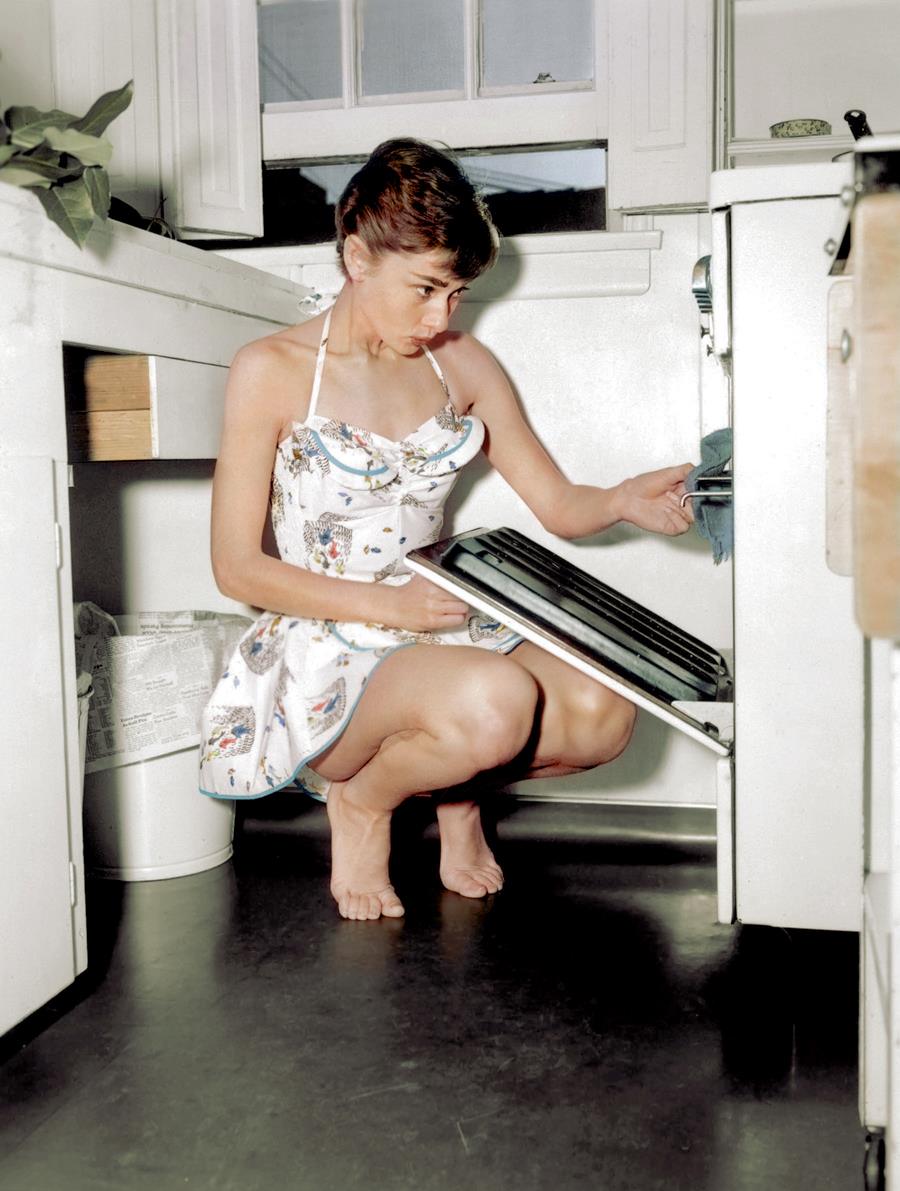
For Keller, this work bridges the gaps between art, science, and history, and creates something entirely new — in a way.
You can see more of Keller's work on his website, as well as on Facebook and Twitter, and he also sells prints should you fall in love with one.
And SHARE this amazing artwork with anyone who loves history!




